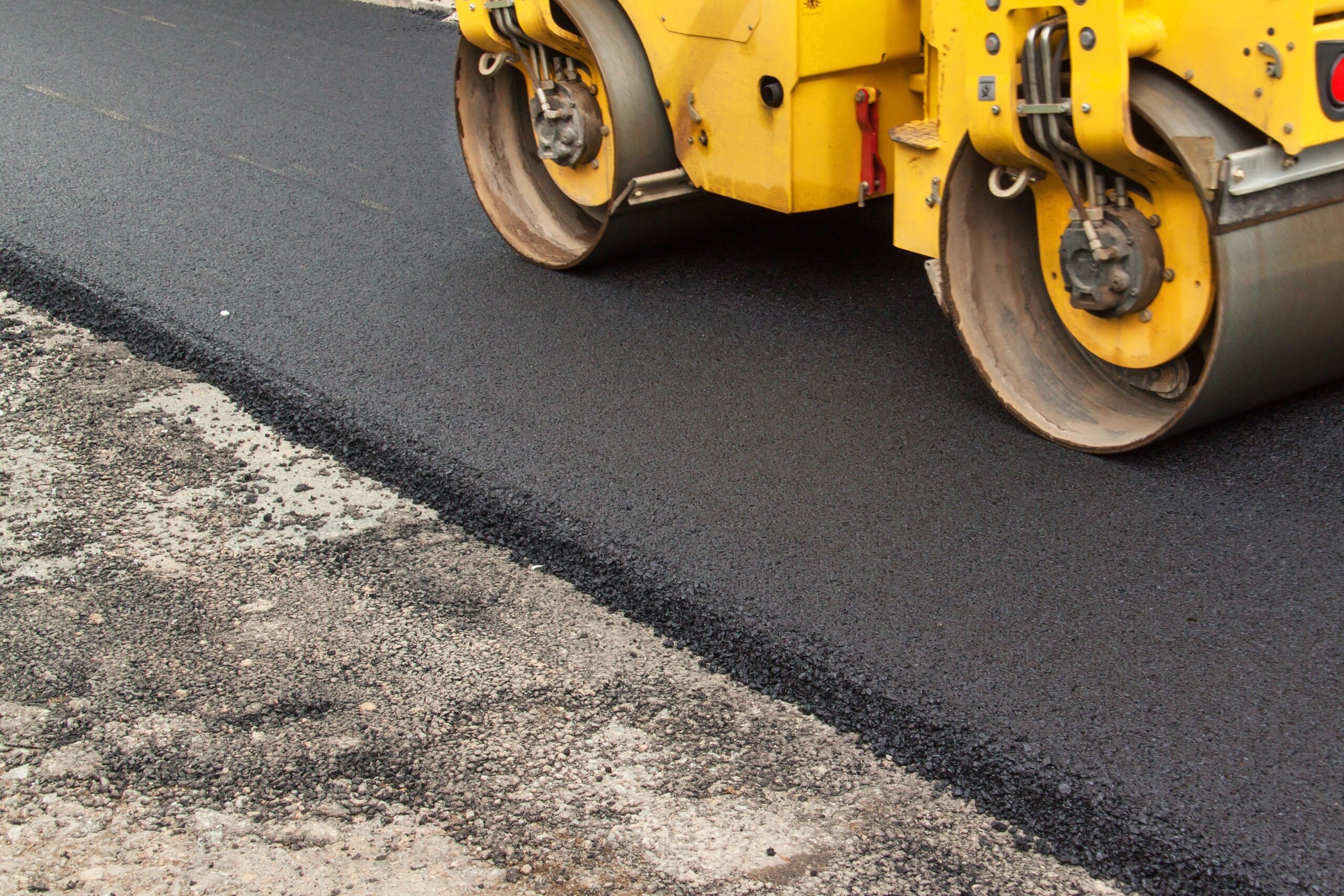Every homeowner desires a welcoming entrance, but what if your driveway is sloping? Can you install pavers on a sloping driveway and still achieve that magazine-cover look? The answer is good news: yes. With the right techniques and materials, a sloping paver driveway can be beautiful, functional, and long-lasting. Let’s talk about how to make that challenging slope a lovely and useful asset.
Sloping driveways present special challenges. Homeowners are often worried about whether pavers are a good option for a steep driveway. Slanted walkways are subject to erosion and are slippery hazards. Prevention of erosion and proper traction are critical to extend the life of your driveway. For a durable and visually appealing alternative, we also offer stamped concrete in Delaware County, PA—perfect for enhancing traction and curb appeal on sloped surfaces.
Understanding the Challenges of Sloped Driveways
Slopes introduce challenges like gravity and runoff of water. These may cause rolling pavers, erosion, and water drainage problems if not controlled. Good drainage, proper foundation, and the right material for the driveway are all important for long-term success. For over three decades, I’ve worked on jobs like building paver walkways on slopes. I have learned from this experience that planning is crucial when it comes to installing pavers, particularly on a sloping driveway.
Choosing the Right Pavers for Your Slope
Not all pavers are created equal. On a sloped driveway, you need solid, interlocking pavers that possess the strength to fight gravity. Concrete pavers are a popular choice for these projects.
Unilock pavers, which are durable and attractive, are suited for heavy traffic solutions. Another solution is permeable pavers, which permit water to pass through and reduce water pooling rather than producing runoff. Pavers made from rubber can also be utilized.
Base Layer: The Foundation of a Stable Driveway
A proper gravel base course is vital for a sloping paver driveway. This consists of a number of courses of golf ball-sized stones, soil, and sand in order to drain properly. This base is the construction of your driveway. Preparation of gravel base will consist of measurements, clearing, digging out, and compacting driveway base. Clearly define working areas and edges with different materials. This will make things easier while working with sloping driveways and a steep slope.
Level the ground before excavation. This initial leveling is required because the top surface will replicate the base layer. If this is misaligned, you will be relocating issues again and again as heavy traffic continually drives on the driveway. For a more decorative yet durable option, we also install stamped concrete in Downingtown, PA—an ideal solution for homeowners seeking both style and strength on sloped surfaces.
Creating Proper Drainage
Managing water runoff is essential. TrueGrid Pro Plus and the GeoGrid Cellular Paving System are new technologies for sloping terrain. There is a geotextile fabric underneath the base course that helps. These consist of plastic modules filled with gravel. Open-grid plastic pavers like these provide excellent drainage and a hard, slip-resistant surface, eliminating slip and fall risks. Channel drains may also improve drainage. Efficient drainage minimizes erosion, maintains paver stability, and extends the lifespan of your investment. Open-grid pavers prevent shifting while open grid plastic maximizes permeability, reducing the risk of sandy soil erosion.
Installation Techniques for a Lasting Result
Proper paver installation techniques are the secret to a sloping driveway that is both durable and beautiful. Retaining walls and edge restraints keep pavers on a slope in place. Precise grading of the base provides for the slope.
The right tools for any project make the job easier. Building retaining walls provides functional support and enhances the beauty of the landscape. It is also feasible to effectively install pavers using joint sand on a sloping driveway.
Here’s a step-by-step process:
- Excavate and compact the ground.
- Lay geotextile fabric to prevent weed growth.
- Put in a compacted gravel base course.
- Put in a sand bedding course.
- Lay the pavers with close interlocking.
- Fill the joints with polymeric sand.
- Compact the surface completely.
This step-by-step process, especially important on a slope, establishes that each paver is well fitted, creating a solid base.
Maintenance for Long-Term Beauty
Paver driveways need upkeep. This consists of sweeping off debris, pulling weeds, and sealing the pavers. Maintenance increases lifespan and appearance. Annual power washing and resealing protect against the elements and enhance surface appearance. Sealing also protects against creating tripping hazards from uneven pavers and post arrays.
Beyond the Driveway: Pavers for Your Entire Landscape
Pavers don’t just serve driveways. They are multipurpose design options for patios, sidewalks, and retaining walls. These tools are great for both sloping and flat land alike by creating a consistent and beautiful outdoor living space. Consider different stone paver patterns to match your home’s design. Can pavers be put on a sloped driveway? Yes. It will be a challenge, but it can be accomplished with careful planning and building. A sloped driveway is not a design issue, but a possibility. Careful planning is everything, from choosing materials and designing a solid base layer to strategic grading. Turn that sloping challenge into a beautiful, functional asset on your land by contacting Q&E Keystone Masonry today!



